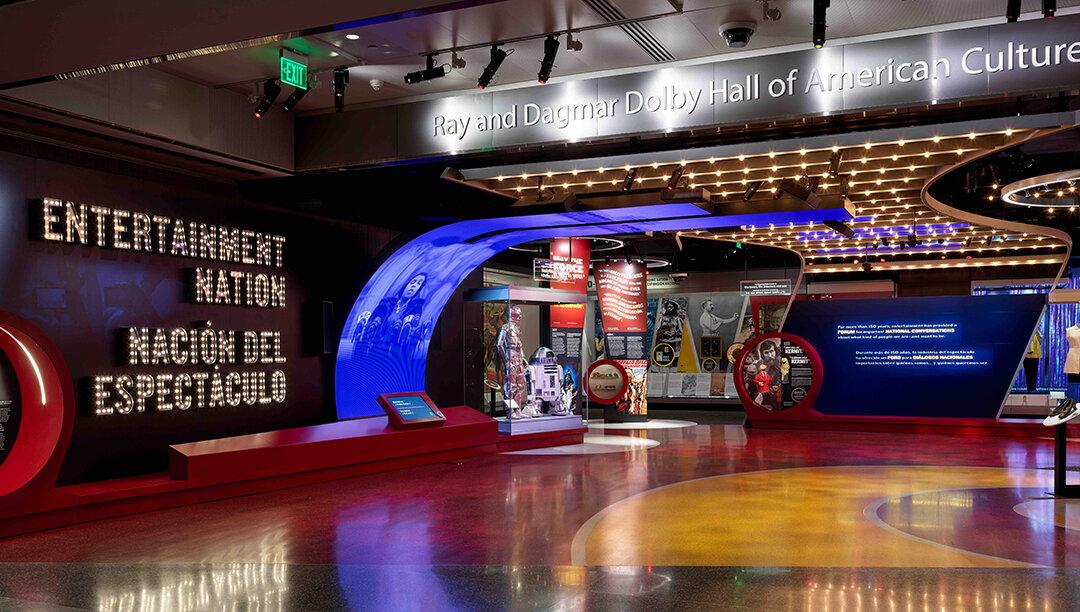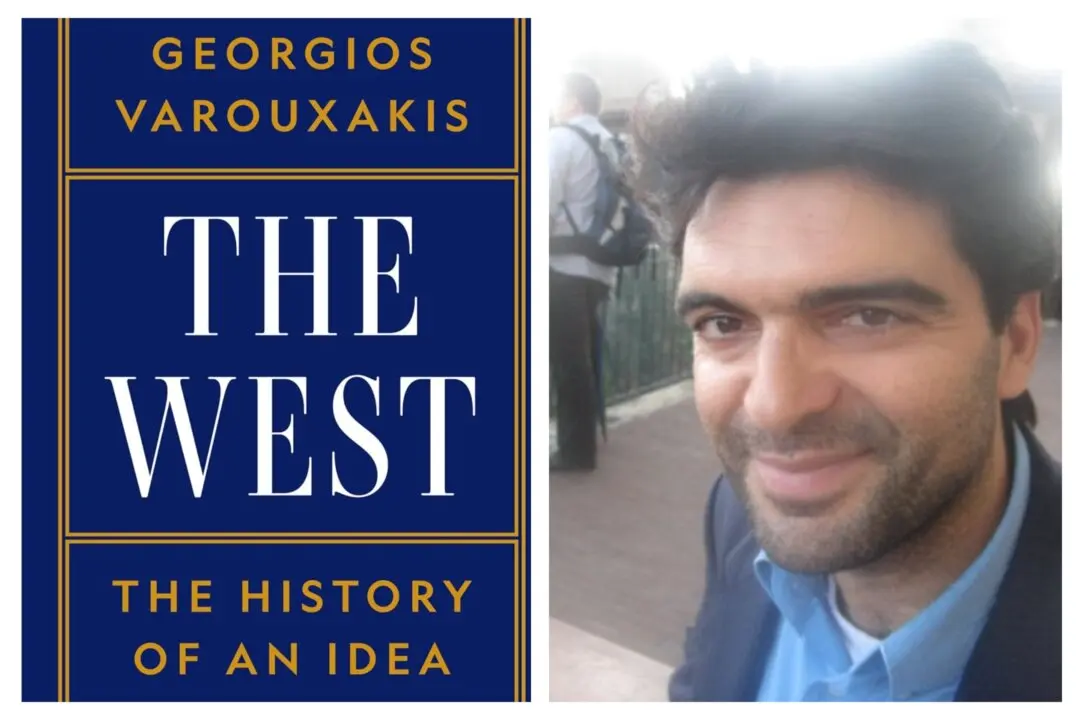America’s entertainment industry has arguably been the gold standard for the past century. Whether Hollywood movies, Broadway musicals, professional sports, rock ‘n roll, or literature, America’s culture flows in many ways from its sources of entertainment. The Smithsonian’s National Museum of American History (NMAH) has launched a 20-year exhibition recalling, explaining, and honoring those sources.
This exhibit is called “America: The Entertainment Nation” and displays more than 200 objects at any one time. Each year, those 200-plus objects are replaced by other artifacts held in museum storage. With so many to choose from, staff might have a challenge picking the objects to display.






